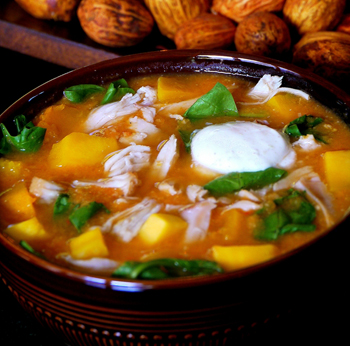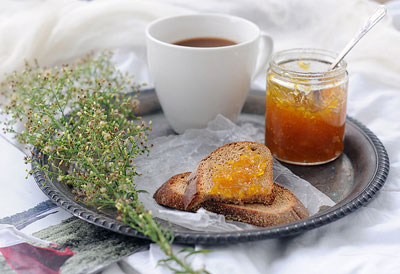 It dawned on me today - that if carrots were money, we'd be rich. Three long rows of yellow carrots that are nearly ready to burst out of the ground, wait just outside my kitchen window - and while I've been patient with these seeds-turned - gems, they now rest so patiently for me to make something with them.
It dawned on me today - that if carrots were money, we'd be rich. Three long rows of yellow carrots that are nearly ready to burst out of the ground, wait just outside my kitchen window - and while I've been patient with these seeds-turned - gems, they now rest so patiently for me to make something with them.
I gathered the first large bundle of carrots last night, alongside my new favorite pals (three baby rabbits). While I rinsed them of the dark earthy soil, I began to plan a meal in my head. Roasting them came to mind...then quickly I second guessed myself.
"Is that special enough for these carrots? There must be something more I can do with these precious carrots. After all, this will be the kickoff recipe to our abundant harvest!"

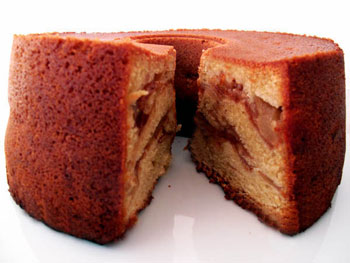 As apple picking season approaches, I’m reminded of this all time family favorite cake. My sister has been making a version of this cake for as long as I can remember. It’s often referred to as “Jewish Apple Cake” (probably due to the fact that the recipe is completely dairy-free – it uses orange juice instead of milk and oil instead of butter) and there are hundreds of recipes on the internet for it. It makes an excellent coffee cake and freezes well too.
As apple picking season approaches, I’m reminded of this all time family favorite cake. My sister has been making a version of this cake for as long as I can remember. It’s often referred to as “Jewish Apple Cake” (probably due to the fact that the recipe is completely dairy-free – it uses orange juice instead of milk and oil instead of butter) and there are hundreds of recipes on the internet for it. It makes an excellent coffee cake and freezes well too.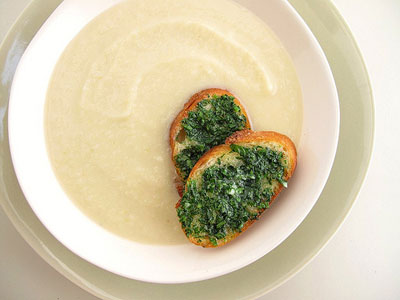 Oft unknown and underutilized, celeriac or celery root is a vegetable with white flesh and knobby light-brown skin. Its texture is not far from parsnips. Its flavor is like celery: fresh, bright, and almost citrusy. In fact they are related. The celery root grows green stems and leaves above the soil surface that look much like celery and can be used just like celery. The greens have a more pronounced celery flavor but the stems are woody and hollow like bamboo. The herb lovage, another celery cousin, is like this too. The stems can be used as straws in mixed drinks like the Bloody Mary or my take on the
Oft unknown and underutilized, celeriac or celery root is a vegetable with white flesh and knobby light-brown skin. Its texture is not far from parsnips. Its flavor is like celery: fresh, bright, and almost citrusy. In fact they are related. The celery root grows green stems and leaves above the soil surface that look much like celery and can be used just like celery. The greens have a more pronounced celery flavor but the stems are woody and hollow like bamboo. The herb lovage, another celery cousin, is like this too. The stems can be used as straws in mixed drinks like the Bloody Mary or my take on the 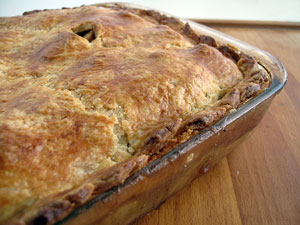 It's that time of season where the leaves begin to fall and so do the apples. Though seeing summer end is bittersweet, early fall in all its glory is one of my favorite times of the year, mainly because of apple season. Picking apples at this time of year is a tradition in many families, as it is in mine. I always go to Silverman's Farm to pick the most beautiful apples available in a wide array of varieties. My absolute favorite apples to eat are Honeycrisp and Jonathan, but my favorite apples to bake with are Cortland and Crispin (aka Mutsu). Every year I bake an apple pie with varying results. In the end I always try to make a better one than in the previous year, perfecting my own so-called
It's that time of season where the leaves begin to fall and so do the apples. Though seeing summer end is bittersweet, early fall in all its glory is one of my favorite times of the year, mainly because of apple season. Picking apples at this time of year is a tradition in many families, as it is in mine. I always go to Silverman's Farm to pick the most beautiful apples available in a wide array of varieties. My absolute favorite apples to eat are Honeycrisp and Jonathan, but my favorite apples to bake with are Cortland and Crispin (aka Mutsu). Every year I bake an apple pie with varying results. In the end I always try to make a better one than in the previous year, perfecting my own so-called 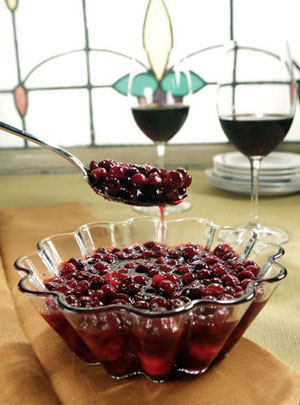 My mom has a recipe on Epicurious. At first I found that amusing. Epicurious, after all, is the holy grail of recipe websites, the collected works of some of the best food writers in the country. And, to put it most kindly, my mom was not a gifted cook. At least not by the definition we most usually apply today.
My mom has a recipe on Epicurious. At first I found that amusing. Epicurious, after all, is the holy grail of recipe websites, the collected works of some of the best food writers in the country. And, to put it most kindly, my mom was not a gifted cook. At least not by the definition we most usually apply today.
